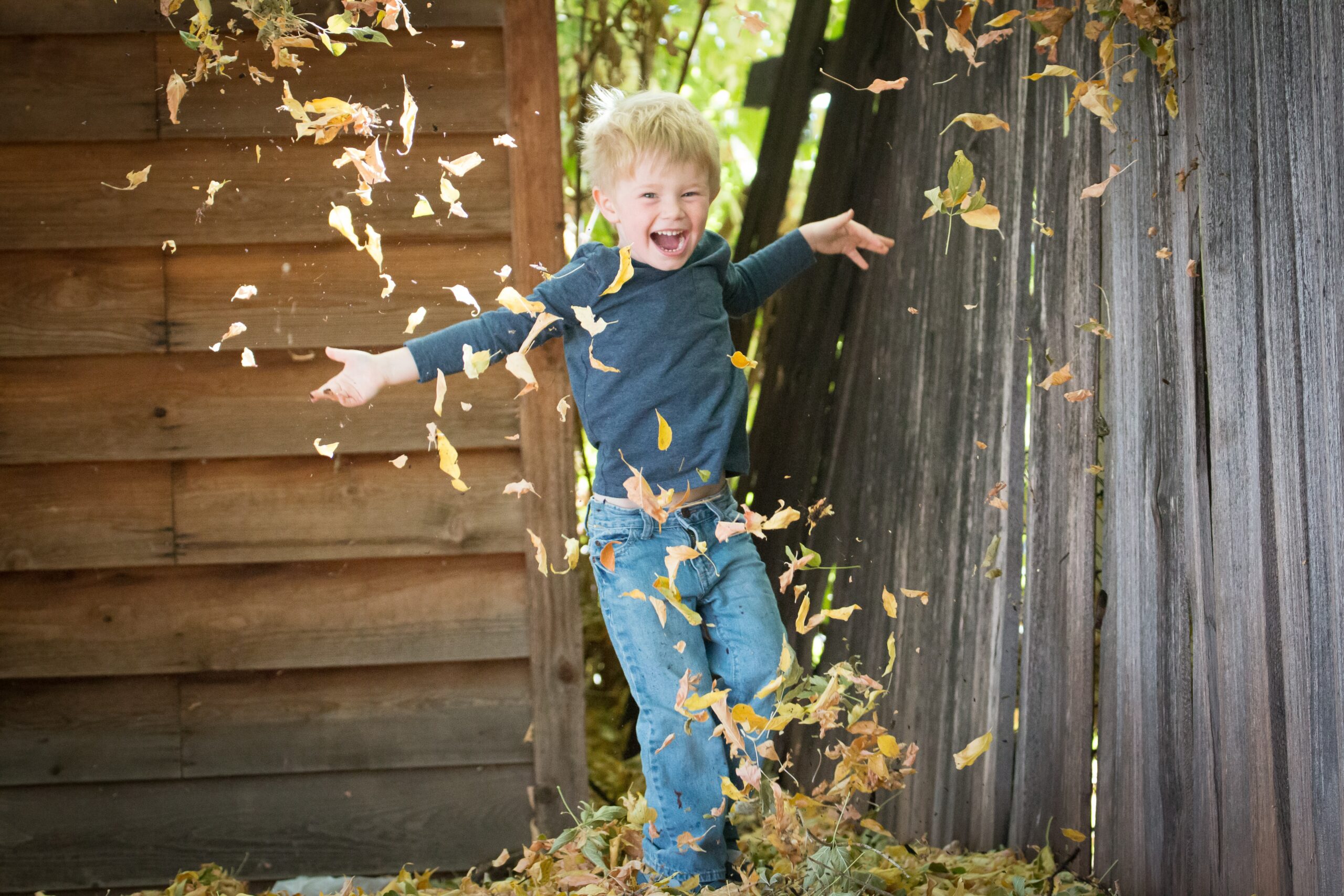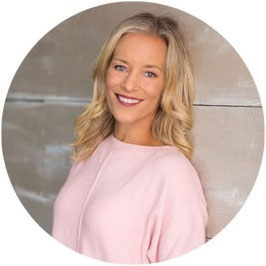Beating the Clock with Daylight Savings this Fall to keep your newborn, infant, toddler, or school-age child sleeping well through the transition. It’s happening this year on November 1, 2020, and we are going to be ready! My husband always tells me that this is his most hated day of the year. The weather is turning here in Philadelphia, Pennsylvania. Our trips to Brigantine, NJ to enjoy the beach are about done and the darkness just seems to depress him. But I am going to give you back the gift of sleep and help you be confident in your parenting approach to this change.
What is the best way to adjust for Daylight Savings in Fall Back?
The adjustment doesn’t happen immediately and can take up to about a week to correct our circadian rhythms but with our approach below, you can enjoy your holiday planning and leave the rest to me.
Many children and adults tend to be structured both their bedtime and their wake-up time every morning but when 6:00 AM suddenly becomes 5:00 am, parents begin to panic. The mental shift to seemingly endless “dark” is an adjustment mentally, when so many of us have relied on that sun upon our face and fresh air to rejuvenate our kids.
However, there are some things you can do to help make the transition to the new time go a little smoother and get everyone back on track in just a few days with my approach to falling back and daylight savings time. Let’s get started and set up for sleep success. Watch my video here on the topic as well!
Leave Your Clocks Alone Until Sunday
So many people want to rush this change and prep over the weekend, and I do believe in actually leaving those clocks alone until Sunday morning. When you do wake up, it will be earlier and that’s OK. Make breakfast as a family and go around the house adjusting the clocks then. Mentally I do feel it’s less stressful to handle it this way and allow you to enjoy one last fall evening outside with smores by the fire after a nice night of trick – or – treating, whatever that looks like for your family.
Split the Difference AKA Go “Halfsies” on the Time
My best advice for adjusting your body clock to the time change is to split the difference between the old-time and the new time. You are going to gradually over 4 days get your child used to their new bedtime but initially splitting the difference timing-wise. This balances them getting overtired but also ensures they can adjust appropriately to the new time without too much sleep disruption.
Ideal 3 Nap Schedule with Daylight Savings Time:

Ideal 2 Nap Schedule with Daylight Savings Time:

Ideal 1 Nap Schedule with Daylight Savings Time:

For 4 nights, put your child to bed 30 minutes earlier than normal, then on the 4th night put him to bed at the normal time, 7:00 p.m. or whatever is normal bedtime for your child. (This holds, for children with no nap.)
What about a Newborn Sleep Schedule?
The beauty of having a newborn, aside from that amazing cuddle they give is that they are not impacted by daylight savings, because they don’t have a set ‘body clock’ yet. For them, simply adjust to the new time and watch their ideal awake windows, remember for this age it is just 45-60 minutes until they are about 3 months.
A great thing about daylight savings is that there are more hours of darkness which helps make this transition a little easier. If your child wakes up too early, walk them back to their room and tell them it’s not time to get up yet. If your child wakes up too early and is in a crib, be sure to help his body understand it isn’t morning time by keeping him in his crib in the dark-room until normal wake time. Also, use a clock that changes color like these, to signal it’s now OK-to-Wake*!
*Note for Toddlers/School-aged children: If you have a toddler or an older child who relies on a clock to know when their “morning time” has arrived, set the clock one half-hour ahead of the new time so that it reads 7:00 a.m. at the new time of 6:30 a.m. Allow your child to wake a bit earlier than normal (they will think it is 7:00 according to the clock but it will be 6:30 a.m., new time). This will only be temporary as your child adjusts to wake at their usual 7:00 a.m. time after about one or two weeks.
It may take children and babies a bit more time to fall asleep, this is normal since the time is different initially they might seem tired earlier. It usually takes about a week for children and babies to completely adjust to the new time, some children can take a bit longer. Be patient and stay very consistent, it will happen.
If you are struggling with sleep in your home remember, join me out in my Slumber Made Simple Facebook group. It’s free and I go live each week with training, education, and support for tired parents around the world. Plus, we offer Free Sleep Before & After calls, so you can learn what a Sleep Consultant or Baby Sleep Coach does and how working with us can help you, if that’s the right choice for your family.
Courtney Zentz is an Award-Winning Author, Baby Sleep Expert, and Founder of Tiny Transitions. Her background as a Pediatric Sleep Specialist, Lactation Counselor, Postpartum Doula, and Sleep Coach to her team of Sleep Consultants around the world provides parents with a solution to their sleep struggles, that is backed by science and balanced with your love and support. The mission of Tiny Transitions is to teach healthy sleep hygiene and parenting education to parents and their babies, toddlers and young adults who struggle to sleep through private sleep consultations and corporate speaking engagements to support everyone being the best version of themselves. Named by Tuck as a Top 200 Sleep Professional in the United States, Courtney is a 4x “Best of Philadelphia” Sleep Consultant. She is on the Pediatric Sleep Council at Purple and writes & contributes to NBC, Fatherly, Yahoo, Thrive Global, Medium, Romper, Parentology, The Sleep Sense Show, and Bustle among others in the field of Pediatric Sleep.
Courtney hosts The Kids Sleep Show podcast and is a frequent guest with companies like Slumber Pod® and The Magic Sleep Suit® Company. Courtney resides just outside Philadelphia, with her husband Adam and two children, Max and Sovella. She has always felt passionate about making sleep & healthy living a priority in her family’s life and Tiny Transitions looks forward to working with you. Setup a Free Preliminary Sleep Evaluation with Courtney or a member of her Slumber Squad®.


